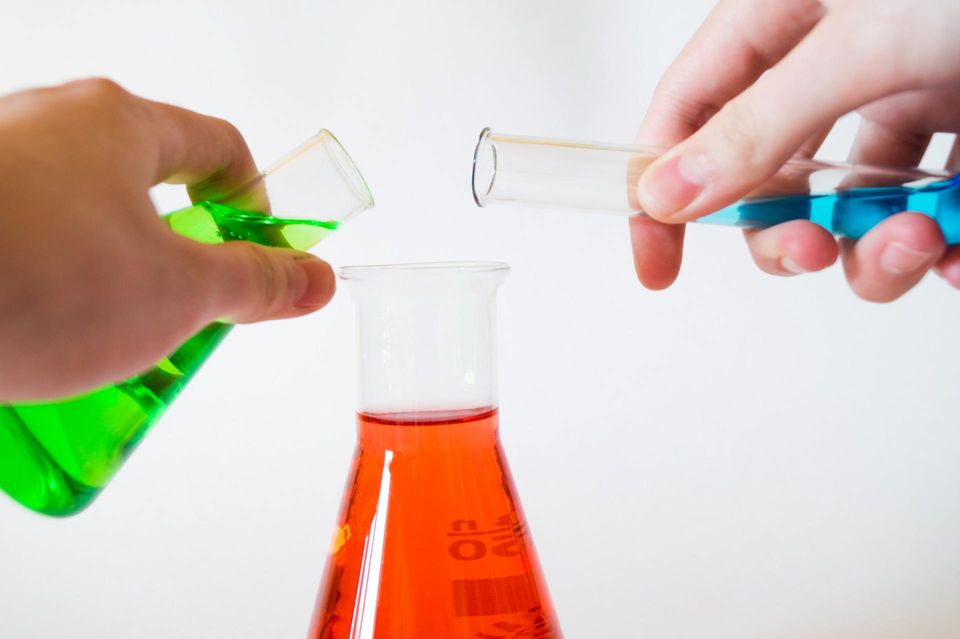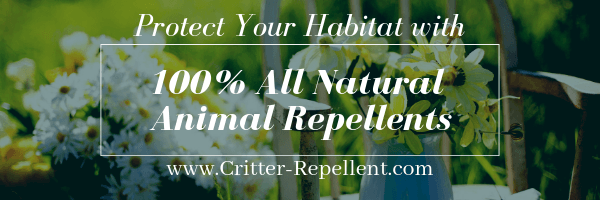The Dangers of Using Chemical Animal Repellents
When possible to us them, safer, non-toxic animal repellents are the better choice
The original intention of chemicals was to bring quality and convenience into our lives, and they absolutely do. Chemicals, which often occur naturally in our environment, can be found in the air, in our water supplies, and in our food. And synthetic chemicals are used in a wide array of products, including medicines, computers, fabrics, and so much more. But unfortunately, while these chemicals can bring many benefits, they can also cause harm, especially when not managed appropriately.
The use of chemicals to repel animals causes pollution in our environment. Though the chemicals may keep those persistent critters from invading our homes and yards, regular treatment is required to keep them away permanently. This means repeated treatment, which means we often do more harm than good for our environment. Chemical pesticides and other treatments live in our atmosphere for far longer than the benefit they bring in keeping critters away. The long-term use of these chemicals has resulted in a build-up of adverse pollutants in our air, our water, and unfortunately, in our food as well.
The use of chemical pesticides and other chemicals to ward off insects, and to allow fast-production of crops, depletes the nutritional value that our bodies benefit from. Pesticides are often found by researchers in foods such as apples, bread, cereal bars, fresh salmon, and a variety of other fruits and vegetables and staple items, including baby foods. Exposure to and consumption of these products frequently can cause a plethora of adverse short-term effects such as stinging eyes or blindness, rashes or blisters on the skin, nausea or diarrhea, dizziness, and even death. There are also many long-term effects such as cancers, birth defects, and harm to the reproductive system, neurological and developmental toxicity, immunotoxicity, and disruption of the endocrine system.
When using chemicals to repel animals, the treatment generally requires spraying in an area that the animals are attracted to. Thus, those chemicals make their way into our soil, and inevitably into our water. And this practice ultimately has derogatory consequences on our foods.
Chemical Animal Repellents Can Cause Harm to the Insides of our Homes
Of course, the natural inclination here is to express disbelief that the use of these chemical animal repellents in our yards and on our outdoor property will create issues for us inside too. These repellents get tracked indoors by our children, our pets, and even by us, through the simple act of going in and out the door. Because of this, these chemicals can be absorbed into our bodies through the skin by coming into physical contact with areas where repellent has been sprayed, and through breathing the air around that spray. It is alarming to think that we can actually be breathing in the same chemicals that we are using to repel and kill other living and breathing creatures, no matter how much of an annoyance those critters can be.
To reduce the risks of exposure to these chemicals, the use of a natural animal repellent like Shake-Awayis highly suggested. These natural products are far safer for use around children and pets and are highly effective in keeping those rodents away.
Critter Repellent All Natural Animal Repellent Blog














